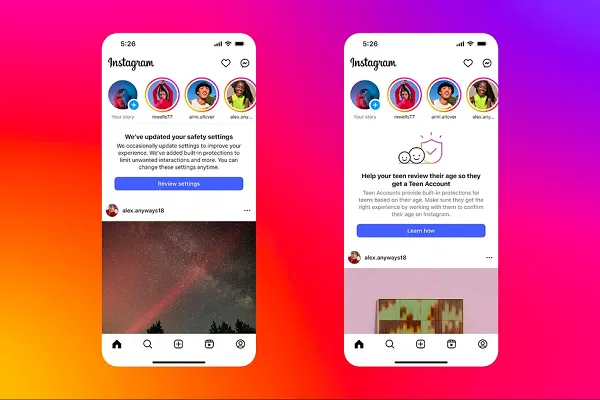The Only (& We Mean Only) Guide You'll Ever Need To Find Your Go-To Blush Color
A few components can help you select the best hue.

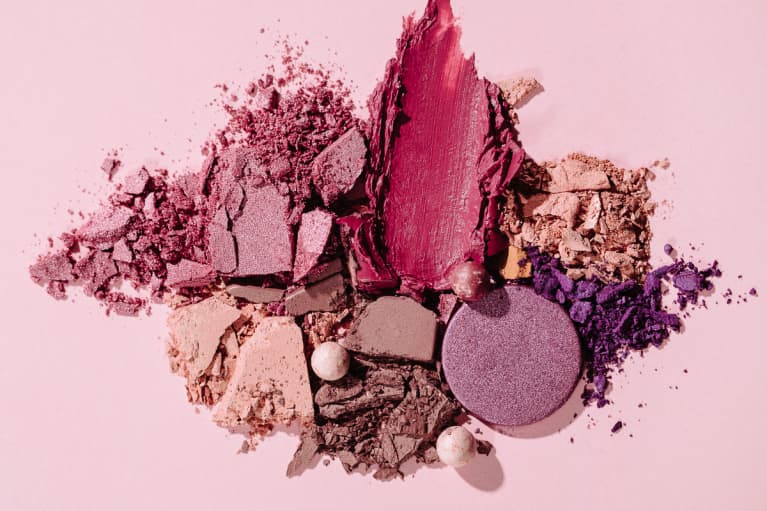
Our editors have independently chosen the products listed on this page. If you purchase something mentioned in this article, we may earn a small commission.
April 21, 2022 — 11:37 AM
If you’ve read some of my work here, you likely know blush is far and away my favorite makeup product. What else can instantly warm up your complexion, carve your cheekbones, and help you fake a beachy glow with just a few strokes? The perfect shade of rouge can tie your entire look together and help you appear lit from within—although, that perfect shade is a bit of an elusive concept. How do you know which blush colors will naturally fuse to your skin? Well, that’s where this guide comes in handy.
Look, at the end of the day, you can wear whatever shade of blush you please. In fact, I’m all about playing with bright pops of color (think cherry-red, fuschia, or bubblegum pink), which are universally flattering across the board. But if you’re trying to find your most natural-looking flush, rather than make a bold statement, a few components can help you select the best hue.
How to find your most natural blush color.
You’ll want to consider three criteria: your skin tone, your undertones, and, of course, your personal preferences (again, choose whatever blush makes you feel most beautiful!). Here’s how to find your best shade match.
Your skin tone is an important factor when choosing a blush—not necessarily for the exact hue, per se, but the intensity of the pigment. As a general rule: “The deeper your skin, the more pigment you need in your blush,” notes celebrity makeup artist Delina Medhin. With that in mind, you can whittle down your picks.
“I find that if a blush has a sheer wash of color, it's going to look really good on fair skin tones,” Medhin says. Think: baby pinks, lilacs, anything with a soft diffusion of pigment. Makeup artist Naseeha Khan, co-founder of CTZN Cosmetics, seconds the advice: “Baby pink creates a beautiful, naturally flushed look on fairer skin tones,” she adds.
Medium-toned skin can get away with pretty much any blush depth, from sheer pinks to gorgeous berry shades. According to Khan, peach is always a safe bet: “This color sculpts the cheeks nicely, while also giving a subtle pop of color,” she says.
As Medhin mentions above, those with deeper skin tones want to consider using highly pigmented blushes. “For example, you don't want to go with something that's super light in tone (light pink) when you're working with a deeper skin tone,” she says. Otherwise, the shade will likely fall flat. In terms of color, Khan recommends a tangerine hue for a “fresh, out-of-the-cold look,” or berry, magenta shades for a warmer feel.
Ah, here’s where things get trickier. See, your undertones matter just as much (if not more) when picking a blush shade. Quick review: Your undertones refer to the underlying shades peeking through your complexion rather than the actual color of your skin (hence the term undertones). For example, some may have notes of pink or blue underneath the skin, while others take on a more golden-yellow quality. That said, two people with the exact same skin tone can have completely different undertones—which means they’ll choose different blushes.
"On the wrong undertones, certain shades and colors can make you look rather dull and lackluster," says makeup artist Jaleesa Jaikaran. Take our quick quiz to determine your undertones, then see below for your go-to shades.
Cooler undertones contain pink, blue, or red hues. That said, a cool-toned blush color palette will often include pinks, plums, frosted purples, russets, and reds. Anything warmer might make your complexion appear a bit ruddy or splotchy, which is why we recommend snagging this baby pink HAN Pressed Blush or the Saie Dew Blush Liquid Cheek Blush in “Dreamy.”
Shop these products.
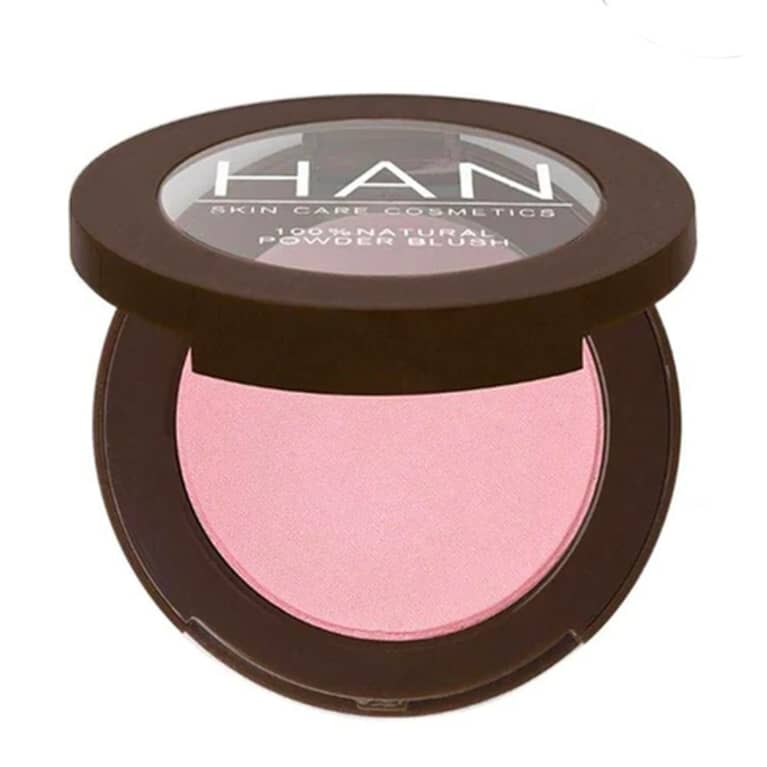
HAN Skincare Cosmetics
HAN Pressed Blush
$18
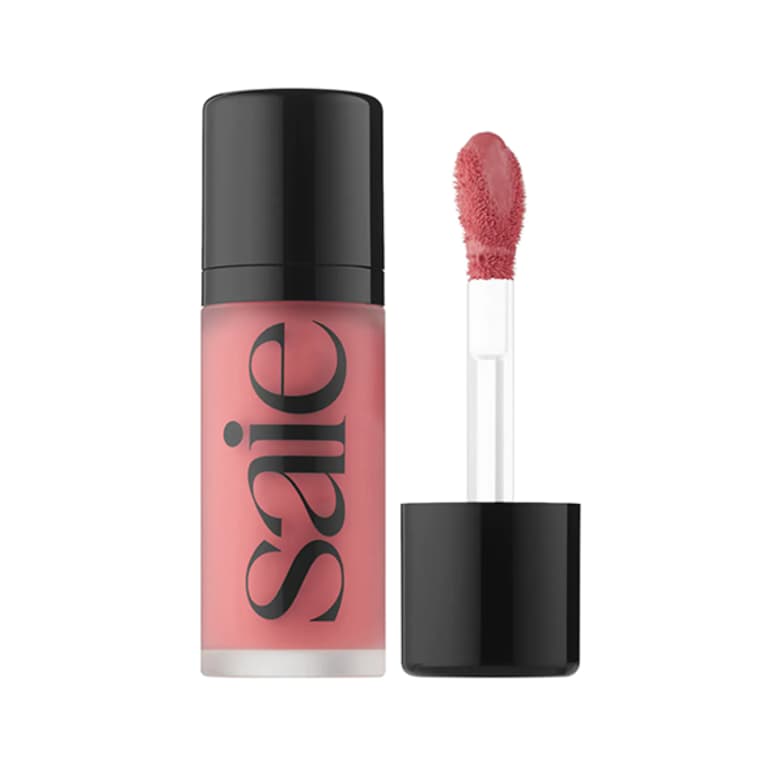
Saie
Saie Dew Blush Liquid Cheek Blush
$24
Warm undertones have a base of yellow, gold, or peach, and so they pair well with peachy, bronzed, coral hues. Although, if your warm tones read more pink (rather than yellow or golden), you may want to opt for shades leaning toward apricot or orange. "It will bring overall balance to the complexion, instead of exaggerating the pink tone," makeup artist Alexandra Compton, product development manager at Credo, previously told mbg. We adore Tower28's BeachPlease Lip + Cheek Cream Blush in the shade “Rush Hour” and the Jones Road Miracle Balm in “Flushed.”
Shop these products.
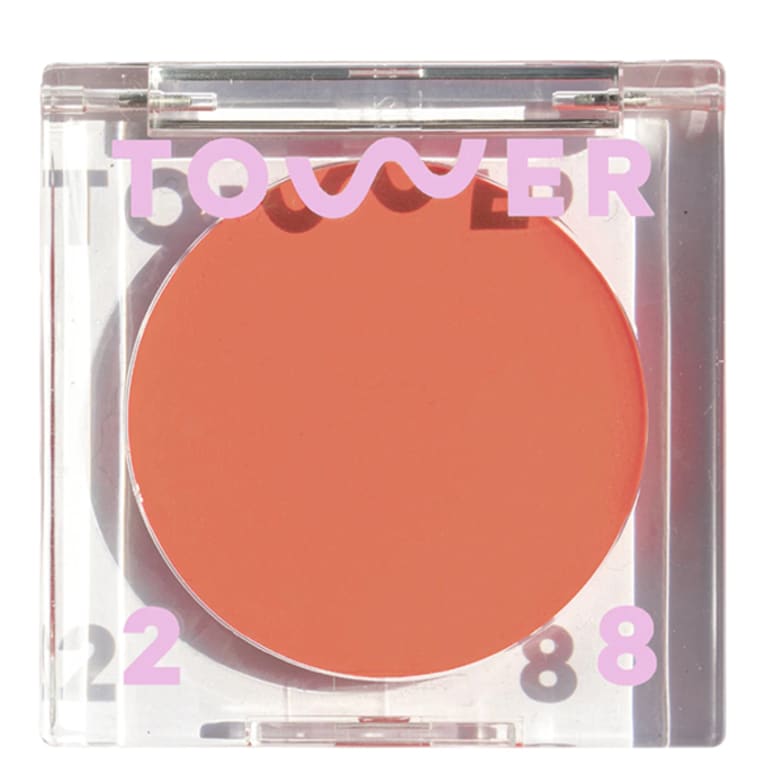
Tower28
Tower28 Beauty BeachPlease Lip + Cheek Cream Blush
$20
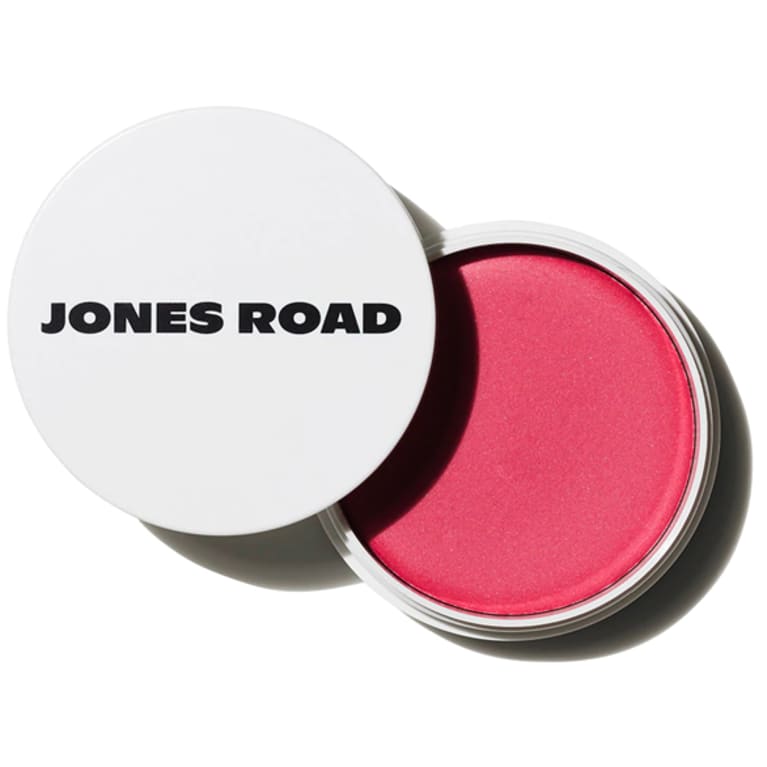
Jones Road
Jones Road Miracle Balm
$38
Neutral undertones can get away with any color (lucky you!). "It's just a matter of finding the right depth of color," celebrity makeup artist Mary Irwin previously told mbg. "A sheer formula compared to an ultra-pigmented one will give a totally different effect, even if they're the same color." Again, this is where considering your skin tone is key.
Those with olive undertones often have a green or gray, sometimes ashen hue to the skin; they work best with peach, rose, mauve, or berry shades, which complement the green tone without appearing too gray. This berry plum shade from MOB beauty is divine, as is this Tata Harper Peachy Cream Blush.
Shop these products.

MOB Beauty
MOB Beauty Cream Clay Blush Refill
$25
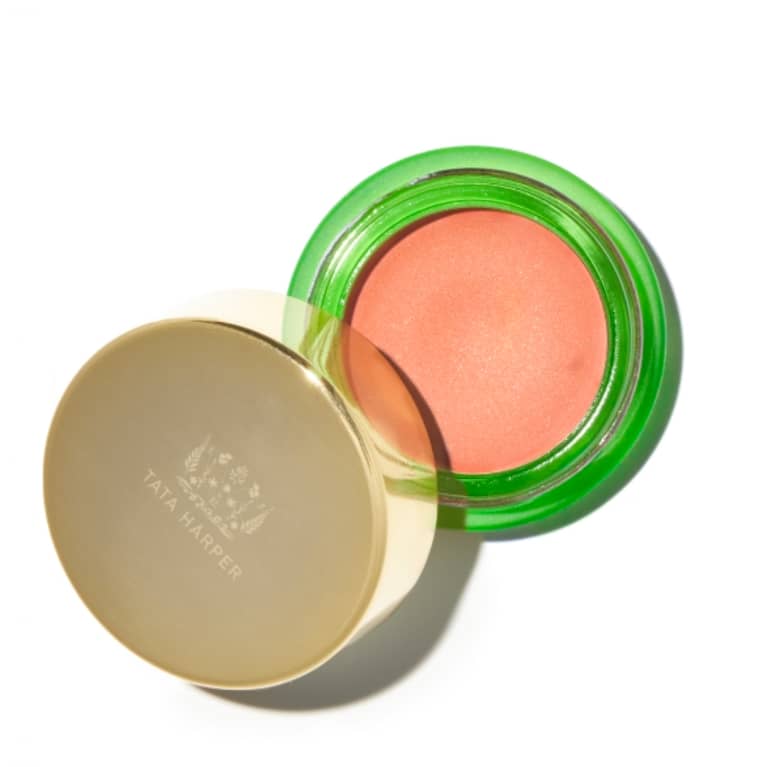
Tata Harper
Tata Harper Peachy Cream Blush
$42
Even if you’re familiar with what works for your skin tone and undertones, all the blush options out there can still make your head spin. If you need a little extra help wading through the market, here’s what the experts recommend.
1. Match your lip color.
Both Medhin and Khan recommend tapping your blush on your cheeks and lips for a minimal, monochromatic moment. “It makes the look feel more elevated and is easier on the eyes,” notes Medhin. “When you have a lot of different colors on the face, the look can feel less put together.” Even if you choose a bright blush shade, sticking to one color story allows you to go bold without going overboard.
2. Swatch on your fingertips.
“Swatch blush on your fingertips instead of on the back of your hand, as the product will warm up against the natural blood flow of your fingertips, mimicking a closer appearance to what it will look like against your cheeks,” says Khan.
See, the wrist area often has a different tone than your cheeks, since it likely receives way less sun. "Don't swatch it on your inner wrist because this is one of the lightest areas on your body, so you won't get an accurate read on the shade," Compton adds. The area also might have a slightly cooler undertone than your face—remember, you have a variety of undertones across your skin, so what suits your wrist might look wonky on your cheeks. The fingertip is a slightly more accurate area to test.
But ultimately, the best way to find your perfect shade of blush is to, well, try it on! If you really don’t feel like tapping on blush at the moment, Irwin says you can swatch the product on the back of your hand and hold it up to your face to imagine the color payoff. But still, trying it on will give you the most accurate read.
Blush is meant to be playful, so go ahead and choose any shade that makes your heart sing. Or if you’d like to match your skin and undertones to find your most natural hue, feel free to use the above guide as a starting point. Of course, once you’ve selected your blush, how to apply it is a whole other ball game—don’t worry, we have a guide for that, too.

 Koichiko
Koichiko 







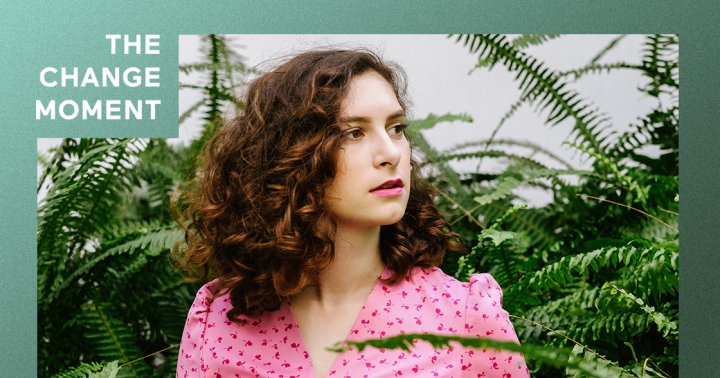
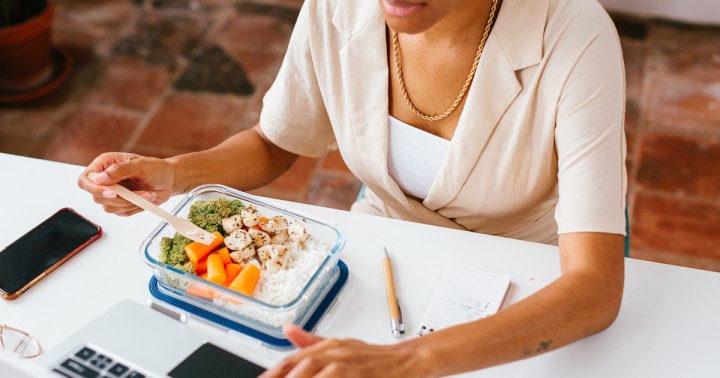
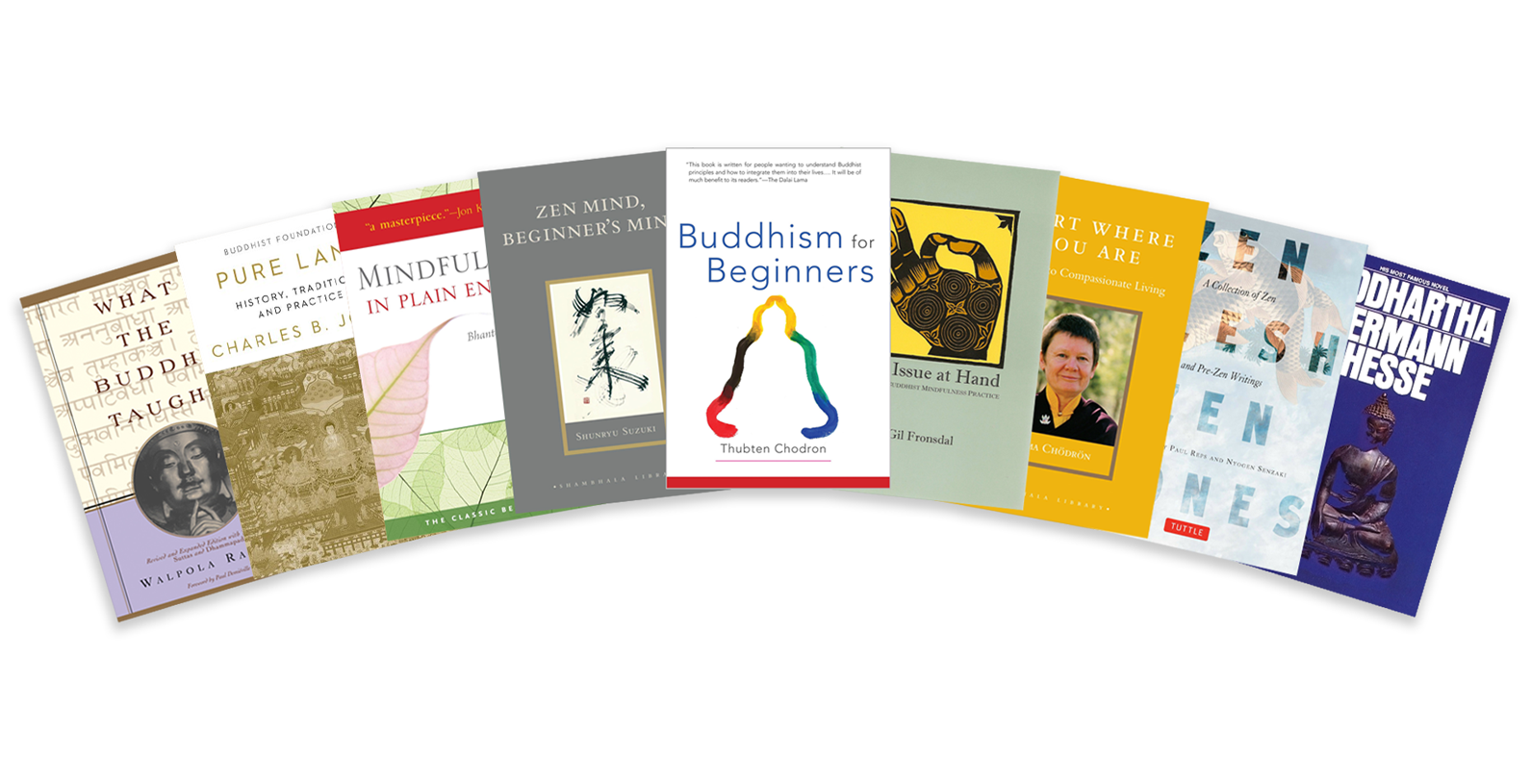


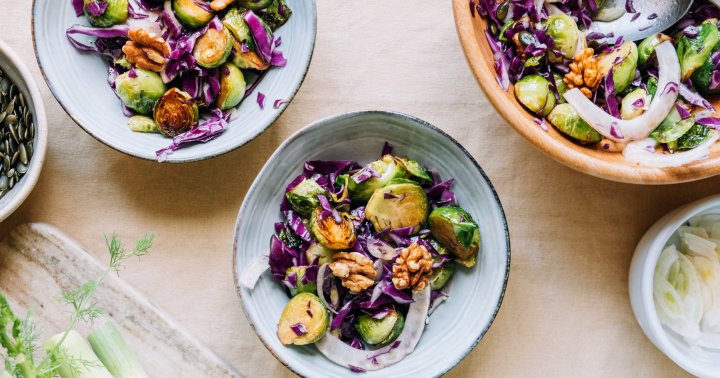











.jpg&h=630&w=1200&q=100&v=6e07dc5773&c=1)




